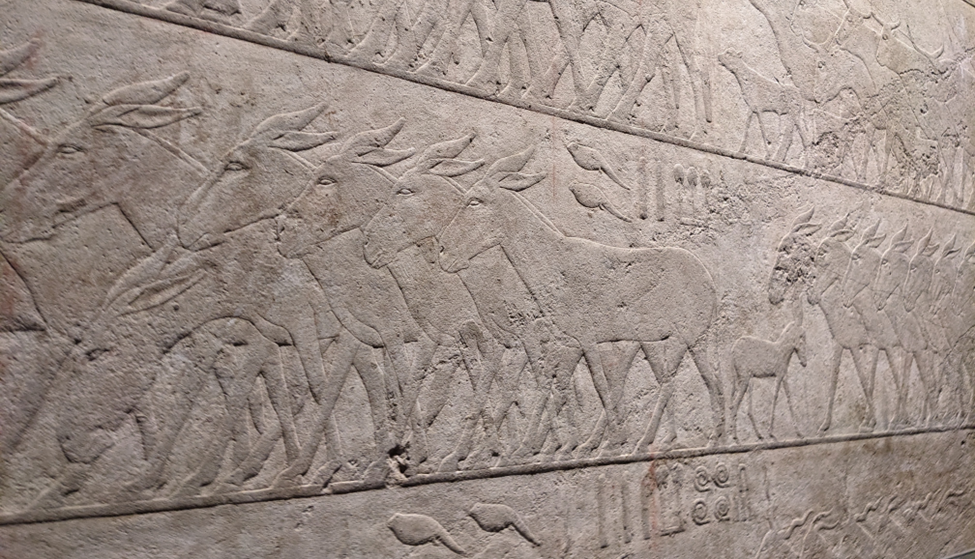Horses, donkeys, and equids in Egypt across the modern and ancient world
STUDIES IN EGYPTIAN ARCHAEOLOGY AND SCIENCE

From deep antiquity through the present day, both wild and domestic equids have played a central role in lifeways and culture along the Nile and beyond. In this special issue of Studies in Egyptian Archaeology and Science, we will draw together contributions from across disciplinary boundaries, seeking perspectives from history, art and art history, anthropology, archaeology, and archaeological science that illuminate new or important aspects of the human-equid story in Egypt, modern and ancient, with a special focus on new approaches and techniques.
Initial submissions should follow SEAS style guidelines and be submitted via the SEAS online submission system by March 1, 2024, with anticipated publication following peer review in 2024. For questions or preliminary inquiries, please contact william.taylor@colorado.edu
Articles, no longer than 8-10,000 words, are solicited to cover:
- Horses in ancient Egypt and the Nile region
- Donkeys in ancient Egypt and the Nile region
- Human-equid relationships in contemporary Egypt
Guest Editors:
-
William Taylor
Assistant Professor and Curator of Archaeology, University of Colorado-Boulder -
Gwyneth Talley
Assistant Professor of Anthropology, American University in Cairo
Instructions for authors:
- Authors should carefully read over SEAS Author Guidelines and can submit their
manuscripts through SEAS Submission System - Please note that the submission deadline will be the 1 st of March, 2024
